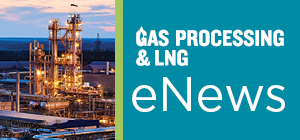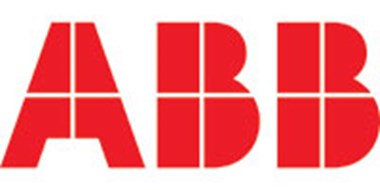Companies that prioritize working with experienced providers can avoid costly disruptions, improve the reliability of their assets and extend the life of key equipment, ultimately improving the long-term success of their operations.
This article reviews the most commonly used moisture measuring instruments and provides a comparison of those technologies.
Solid-rotor technology can be considered to have quietly faded into obscurity—the reality is quite the opposite. Its best days may still lie ahead, especially for demanding high-speed industrial processes. The 'underdog' motor. When I first jumped into the world of power electronics and motor tech..
An overview of active gas processing/LNG projects globally.
This article will discuss API 6D and 6DX, providing an overview of the standards as well as details on the latest requirements and documentation that can be expected when an API 6DX compliant actuator or API 6D actuated valve assembly are purchased.

- ExxonMobil halts 1-Bft3d blue hydrogen project in Texas
- Aramco and Yokogawa commission multiple autonomous control AI agents at Fadhili gas plant
- Ukraine will resume gas imports via Transbalkan route in November
- Mitsubishi to inject $260 MM into Brunei LNG project
- Freeport LNG (U.S.) on track to take in more natgas on Thursday after unit outage












